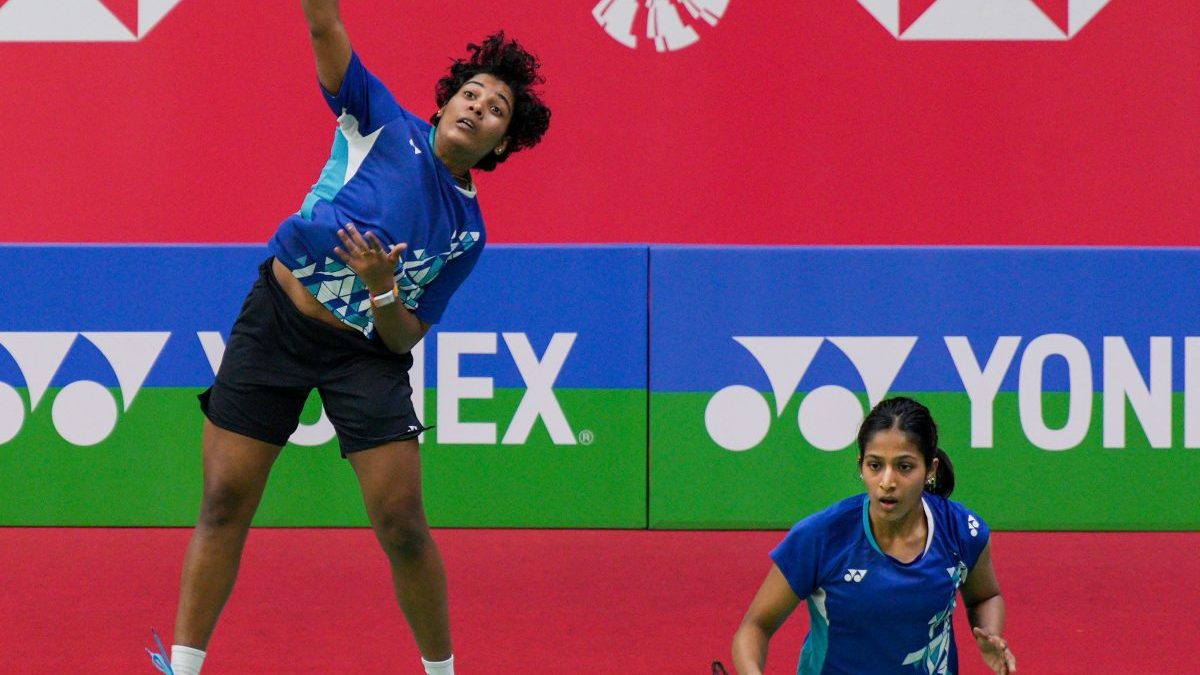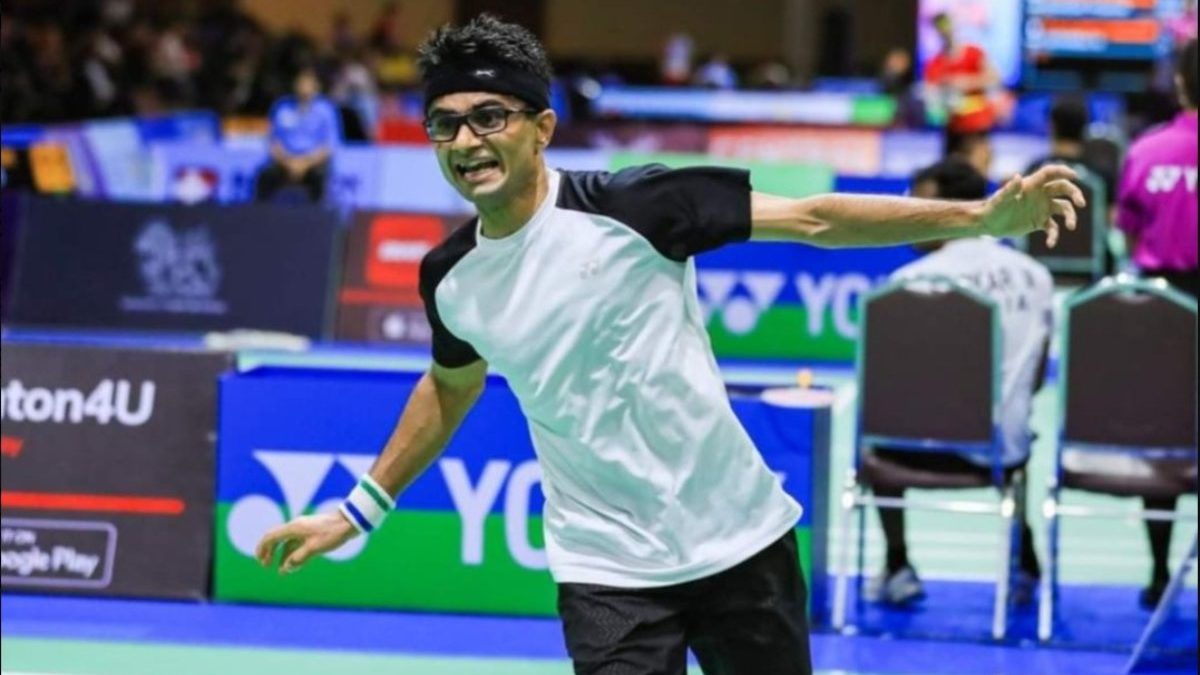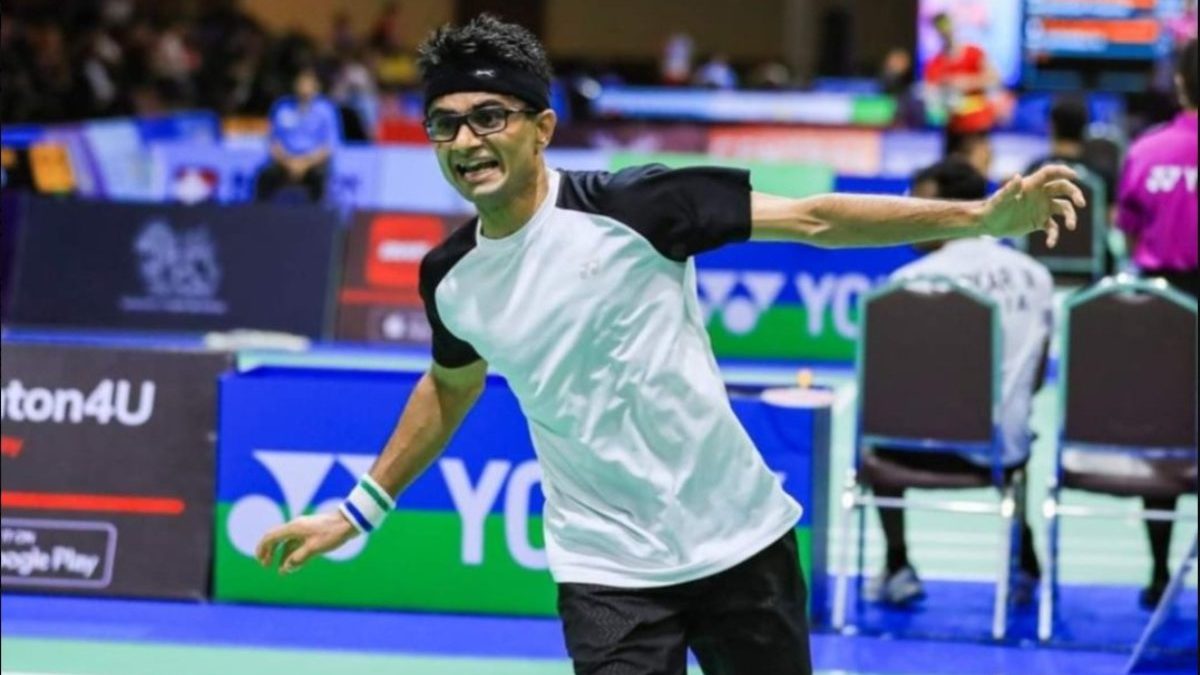It can be safely said that, once the redoubtable Taiwanese, Tai Tzu Ying, had been conquered in the quarter-finals of the World Badminton Championships in Basel last month, India’s Pusarla Venkata Sindhu was veritably in the “zone” during her last two encounters against China’s Chen Yufei and Japan’s Nozomi Okuhara.
In other words, the Indian beat in quick succession the three strongest women’s singles title contenders, the first of these through a stroke of good fortune in the hard-fought second game, but the last two without breaking sweat. Once the 4-10 tally in 14 career encounters against Tai had been narrowed to 5-10 in the wake of a pulsating 12-21, 23-21, 21-19 triumph, it was Sindhu, Sindhu all the way to the gold medal, the unpalatable tag of “perennial bridesmaid” firmly shaken off.
Against all predictions of being too stiff and stale after the 71-minute Homeric quarter-final tussle against the Chinese Taipei stalwart, Sindhu was at her aggressive best against the 2019 All England, Swiss, Australian and Thailand Open champion, Chen, the only woman to win four World Tour titles this season. Just 40 minutes later, the lanky Indian was back in the dressing-room, a more than convincing 21-7, 21-14 victor.
And then, in the final…?
At the end of the rousing, classic 110-minute long summit clash of the 2017 World Championships in Glasgow, which had ended in a wafer-thin 21-19, 20-22, 22-20 triumph for the diminutive Okuhara, this writer had made a prediction: “P V Sindhu will wear the women’s singles world championship crown some time in the future. That is beyond a doubt. Only, the Gods ordained that it would not be today, as Okuhara poked her nose ahead at the tape by the narrowest of margins to win a clash that will go down in badminton history as one of the greatest finals of all time.”
Was there to be a repeat of the trend and tenor of the Glasgow 2017 finals? The diminutive Japanese had made it to the final in almost identical fashion to Sindhu’s showing – three straight-games victories, followed by a long-drawn 17-21, 21-18, 21-15 semi-final result against the 2013 world champion, Ratchanok Intanon of Thailand. Okuhara, queen of the interminable rallies and with the stamina of a team of horses, appeared poised to rake Sindhu over the coals yet again.
What was served up by the two antagonists was the biggest conceivable anti-climax. A rampaging Sindhu, firing on all cylinders, was on court for three minutes less than the time it had taken her to send Chen Yufei packing, to record the most one-sided world championship final in the history of the sport – a 21-7, 21-7 walloping that took all of 37 minutes, and had the pint-sized Japanese girl in tears, struggling to figure out just which ‘Brahmaastra’ her opponent had unleashed on her.
There were hardly any toss-drop rallies of the kind that are meat-and-drink to Okuhara. Sindhu controlled the net comprehensively, induced midcourt lifts and simply rained smashes down on her rival from all angles, down both flanks and occasionally into the body, in the style made famous by Saina Nehwal. The Japanese was shell-shocked, gobsmacked, bewildered, helpless, outclassed, as she ended up on the wrong side of the record for the most lop-sided final in the history of the competition.
It is quite another matter that Okuhara’s dubious distinction lasted barely an hour or so, as her compatriot, Kento Momota, actually conceded two points fewer than the 14 Sindhu had allowed her opponent, while retaining his men’s singles world crown with a thundering 21-9, 21-3 triumph in 38 minutes at the expense of Denmark’s Anders Antonsen. Still, Momota took a minute longer than the Indian had, while decimating Okuhara’s challenge.
Let it be known that Sindhu always had it in her to win the world championship. No other player, barring three-time (2014, 2015 and 2018) world champion, Carolina Marin of Spain, has been as consistently excellent as the 24 year old Hyderabadi.
In the previous five editions of the event, she had bagged two bronze medals (in 2013 and 2014) and two silvers (in 2017 and 2018), and had punctuated this series of medals by claiming a silver at the 2016 Rio Olympics.
The two things that had perhaps been lacking was that slight edge in strength of mind, and upbeat body language in the face of adversity. The credit for installing these two highly desirable attributes must go entirely to recently acquired Korean coach, Kim Ji Hyun, a two-time (1996 and 2000) Olympian and world junior champion (1989, in Jakarta).
Much has been written about the manner in which Kim guided Sindhu through her paces in the two months before the World Championships, and also at courtside, gesturing animatedly at her ward, and boosting her morale during the mid-game and end-game intervals.
A video showing the kind of high-intensity training that Sindhu underwent before the Worlds has also gone viral. It not only strengthened her arm and leg muscles to retain speed and power throughout the duration of a lengthy match, but it also revealed her hunger for the title, and her single-minded focus on the job at hand.
All of the foregoing brings us to an important question: Where does Sindhu go from here? Now that a world championship crown resides in her satchel, her status will have changed from the hunter to being the hunted. Every quality player in the women’s singles will be watching her videos and stripping them bare, to extract the answers to the secret of how she turned into such a rampaging world-beater.
Sindhu herself has acknowledged the fact that it is far more difficult to remain at the top than to reach there. “It would be suicidal for me to employ the same tactics that got me the world title,” she says. “That strategy was good as a surprise weapon, but everyone will be ready for it when I next enter the court (at the China Open, starting on Tuesday).”
Sindhu has also stopped short of acknowledging that she cannot continue indefinitely with the kind of high-intensity training that was done for a month before the Basel event. Physical training experts who have familiarised themselves with her pre-World Championship workout have opined that continuing with that punishing routine is to invite serious injury.
“The intensity and frequency both have to drop, if the player is to remain healthy enough and injury-free to participate in important tournaments for the rest of the season,” says a Mumbai-based physical training expert who has requested anonymity. “One slight slip while doing the sideways hops over the hurdles, or a little extra stress on the back muscles while performing the weights-restrained forward jumps from a stationary position – and you would be sidelined for a few weeks.”
Even at the mental level, one would need the hunger and intensity of a Rafael Nadal (still going strong at 33, with 19 Grand Slam titles) or a Lin Dan (in his salad days, with five World Championship crowns and two Olympic golds) to keep winning. Sindhu has been consistent enough to reach the final rounds of most of the major tournaments; and so, has proved herself to be a big-tournament player. But her record over the past two years in the mid-level or smaller tournaments has been nothing to write home about.
No doubt the China Open, with its million-dollar prize purse, is one of the elite tournaments on the international circuit; and is held almost on par with the likes of the World Championships, the All England and the Indonesian Open. Sindhu holds this tournament in high esteem, and has figured on the winners’ list once before – in 2016. In fact, it was the first Superseries (now World Tour) title of her career.
Can she win it again this year?
Patriotic, even jingoistic, Indian badminton-lovers would be loath to acknowledge the numerous hurdles that lie in her path, and make a title triumph look pretty distant.
For one thing, Sindhu’s practice and training would have seen a big drop in the three weeks since her World Championship triumph. Already nominated for a Padma Bhushan, she has been on a ceaseless whirl, attending felicitation functions at the Centre, in several states and even at private clubs dotted all over the country. Not surprisingly, everyone wants to honour her; and the affable lady is not churlish enough to refuse to attend a function in her honour.
Then there would have been the inevitable shoots for product endorsements. This is the time in an athlete’s career when corporates rush in with blank cheques to obtain endorsements for their products. This is prime earning period; and so it should be. But Sindhu would have to be superhuman to be able to oblige all her fans and backers, and still find sufficient time for training and playing.
One recalls the time, in 2013, when Ratchanok Intanon won the World Championship as an 18 year old; and all of Thailand went crazy over their shuttle princess. It came to a point when Intanon’s face was looking back at you from every other hoarding in Bangkok’s crowded streets.
But the upshot was that she lost both form and fitness, and took years to recover her mojo.
Thus, it is safe to presume that fifth-seeded Sindhu will take to the courts in Changzhou in less than ideal physical condition, and with the prospect of a quarter-final meeting with third-seeded Chen Yufei on the cards.
Both players are bracketed in the lower half of the draw dominated by the No 2 seed, Tai Tzu Ying, and including eighth-seeded Saina Nehwal in the mix. Tai and Chen will no doubt be slavering for revenge, and will be better prepared than they were at Basel.
Sindhu faces an additional handicap of not having her charismatic coach in her corner. Kim was unexpectedly called away to attend to her ailing husband, and has not yet been able to provide a date for her return to Hyderabad.
Gopichand has taken on the task he performed routinely in earlier years, but it remains to be seen if he can inspire his ward in the same manner as of yore.
Only if Sindhu can overcome all these subtle and not-so-subtle handicaps, and hit the pinnacle of the victory rostrum in Changzhou, will she deserve to be bracketed with proven performers like Carolina Marin.
The Spaniard, incidentally, is slowly easing back into international competition after a lengthy injury layoff, currently occupies the 26th spot in the Badminton World Federation (BWF) rankings, and is finding that a win over even a player like Thailand’s 55th ranked Supanida Katethong could be a bridge too far! Or, for that matter, over her first-round opponent at the China Open – a certain Nozomi Okuhara!


)




)
)
)
)
)
)
)
)